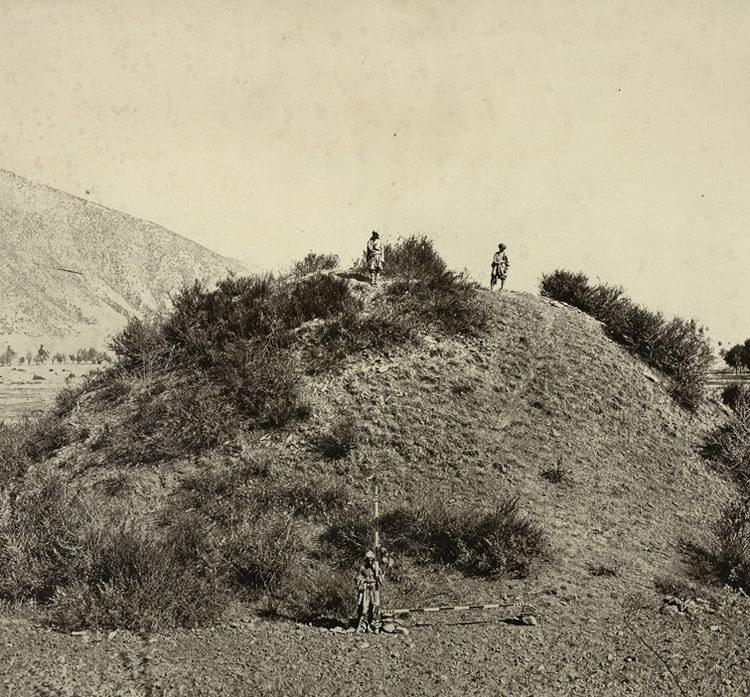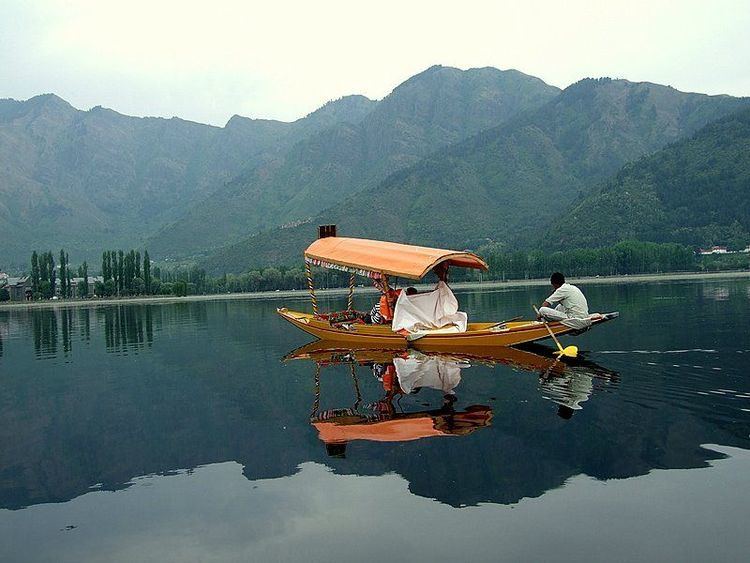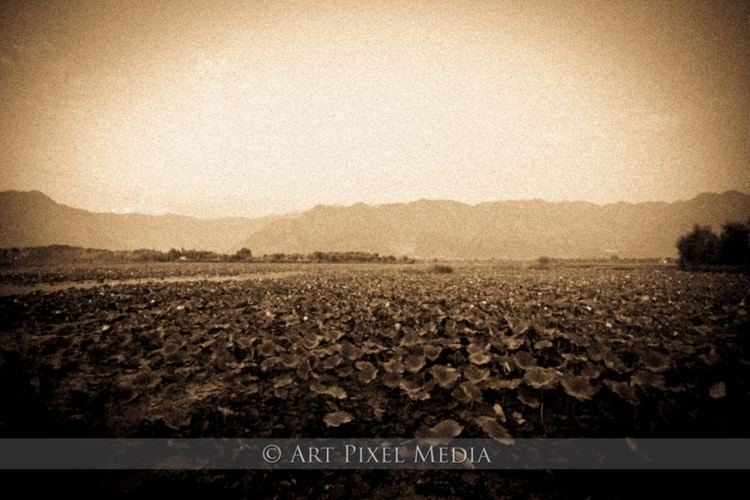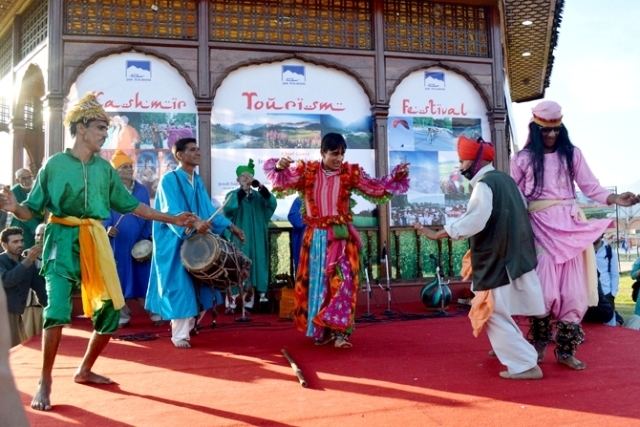Population 898,440 (2001) Languages spoken Area 294 km2 | State District Srinagar Founded Ashoka the Great Literacy 77.45% | |
Points of interest Colleges and Universities University of Kashmir, National Institute of Technology - Srinagar, Sher-I-Kashmir Institute of Medical Sciences, Sri Pratap College, Central University of Kashmir | ||
Srinagar (Urdu: ?) ( listen ) is the summer capital of the Indian state of Jammu and Kashmir. It lies in the Kashmir Valley, on the banks of the Jhelum River, a tributary of the Indus. The city is famous for its gardens, lakes and houseboats. It is also known for traditional Kashmiri handicrafts and dried fruits.
Contents
- Map of Srinagar
- Srinagar tourist attractions
- History
- Geography
- Economy
- Culture
- Jk flood l ground report from srinagar l victims served food
- References
Map of Srinagar
Srinagar tourist attractions
History

The city is said to have been named by the King Pravarasena II over 2,000 years ago, named it Parvasenpur. Kalhana notes in Rajatarangini that Maurya Emperor Ashoka built the city of Srinagari in the 3rd century BC and also built many stupas in Kashmir. The city was then a part of the Maurya Empire, one of the largest empires of the Indian subcontinent. Ashoka introduced Buddhism to the Kashmir valley, and the adjoining regions around the city became a centre of Buddhism. In the 1st century, the region was under the control of Kushans, based out of modern Pakistan and Afghanistan. Several rulers of this dynasty strengthened the Buddhist tradition. Vikramaditya (of Ujjain) and his successors probably ruled the regions just before the city fell to the control of the Huns-a nomadic tribe from central Asia in the 6th century, and Mihirkula was the most dreaded ruler of the city and the valley. Srinagar became the capital of Kashmir around 960 CE, under the rule of the Hindu Shahis of Kabul.
Geography

The city is located on both the sides of the Jhelum River, which is called Vyath in Kashmir. The river passes through the city and meanders through the valley, moving onward and deepening in the Dal Lake. The city is famous for its nine old bridges, connecting the two parts of the city.

There are a number of lakes and swamps in and around the city. These include the Dal, the Nigeen, the Anchar, Khushal Sar, Gil Sar and Hokersar.
Hokersar is a wetland situated near Srinagar. Thousands of migratory birds come to Hokersar from Siberia and other regions in the winter season. Migratory birds from Siberia and Central Asia use wetlands in Kashmir as their transitory camps between September and October and again around spring. These wetlands play a vital role in sustaining a large population of wintering, staging and breeding birds.
Hokersar is 14 km (8.7 mi) north of Srinagar, and is a world class wetland spread over 13.75 km2 (5.31 sq mi) including lake and marshy area. It is the most accessible and well-known of Kashmirs wetlands which include Hygam, Shalibug and Mirgund. A record number of migratory birds have visited Hokersar in recent years.
Birds found in Hokersar—Migratory ducks and geese which include brahminy duck, tufted duck, gadwall, garganey, greylag goose, mallard, common merganser, northern pintail, common pochard, ferruginous pochard, red-crested pochard, ruddy shelduck, northern shoveller, common teal, and Eurasian wigeon.
Economy
In November 2011, the City Mayors Foundation – an advocacy think tank – announced that Srinagar was the 92nd fastest growing urban areas in the world in terms of economic growth, based on actual data from 2006 onwards and projections to 2020.
Culture

Like the state of Jammu and Kashmir, Srinagar too has a distinctive blend of cultural heritage. Holy places in and around the city depict the historical cultural and religious diversity of the city as well as the Kashmir valley.
